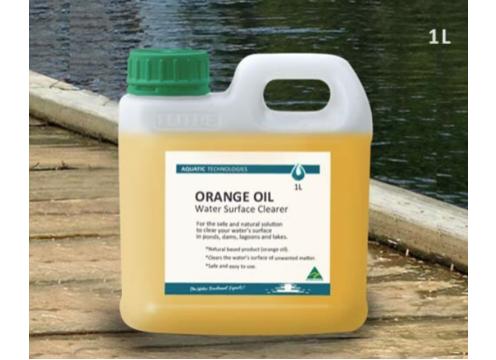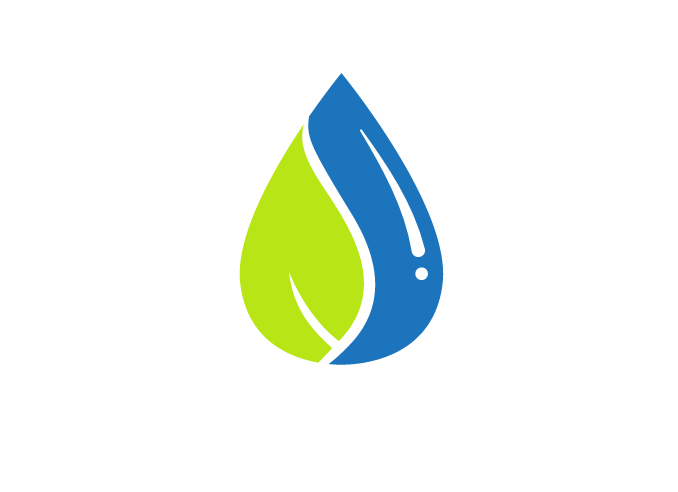Orange Oil 1L
$89.00
Information
Orange Oil Spray – Water Surface Clearer
for Azolla, Salvinia & Duckweed
- Suitable for the control of salvinia, azolla and duckweed
- Clears the water’s surface of unwanted aquatic matter
- More environmentally friendly than synthetic herbicides
- Australian Made & Owned
Available in 20l and larger by enquiry
Orange Oil Water Surface Clearer – The natural way to go
Orange oil products are suitable for the control of salvinia, azolla and duckweed [1] in irrigation dams, farm dams, ponds and more. The use of orange oil is an environmentally friendly weed control approach[4].
A natural based product that gets its power from orange oil extracts with its principal component of orange oil, which is known for its herbicidal properties [2], Water Surface Clearer spray is safe to use and does not have a withholding period. This means that the water being treated can be used immediately after application – no more waiting around. Non-toxic to humans and domestic animals [3] fish, pets and livestock, this product is not a herbicide, but a natural solution to clear unwanted free floating aquatic matter on the water’s surface.
How does it work?
When the orange oil covers the surface of the leaves, it disrupts the cuticle, breaking down or dissolving the waxy coating on plant cell walls. It also contributes to the desiccation or burndown of young tissues [6]. This results in the plant losing its ability to retain water [3]. The damaged leaf cells leak water and the plants die of dehydration [8].
Best Practice
We recommend full applications on day 1, day 2 and day 4. For best results, ensure there is visible free water in between the floating matter. If coverage is at 100%, partially remove some of the floating matter before applying Water Surface Clearer.
REFERENCES
[1] NSW DPI, Salvinia Control Manual, Orange, NSW: NSW Department of Primary Industries, 2006.
[2] R. Ciriminna, F. Meneguzzo and M. Pagliaro, “Orange Oil,” in Green pesticides handbook : Essential oils for pest control, Taylor Francis Group, 2017, pp. 291-301.
[3] O. Messerschmidt, J. Jankauskas and F. Smith, “Limonene-containing herbicide compositions, herbicide concentrate formulations and methods for making and using same”. United States of America Patent US 8,273,687 B2, 25 September 2012.
[4] M. S. Gomes, M. d. G. Cardoso, M. J. Soares, L. R. Batista, S. M. Machodo , M. Andrade, C. de Azeredo, J. M. Valerio Resende and L. Rodrigues, “Use of Essential Oils of the Genus Citrus as Biocidal Agents,” American Journal of Plant Sciences, vol. 5, pp. 299-305, 2014.
[6] D. Soltys, U. Krasuska, R. Bogatek and A. Gniazdowska, “Allelochemicals as Bioherbicides — Present and Perspectives,” in Herbicides – Current Research and Case Studies in Use, IntechOpen, 2013.
[8] E. Koperek, “Organic Herbicides,” World Agriculture Solutions, Pennsylvania, 2015.

